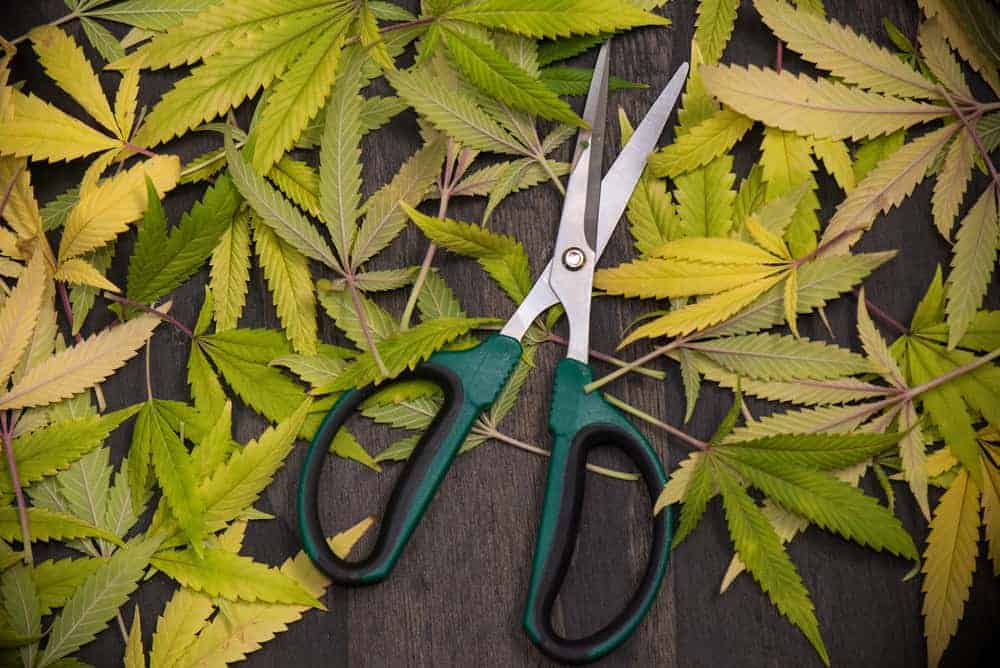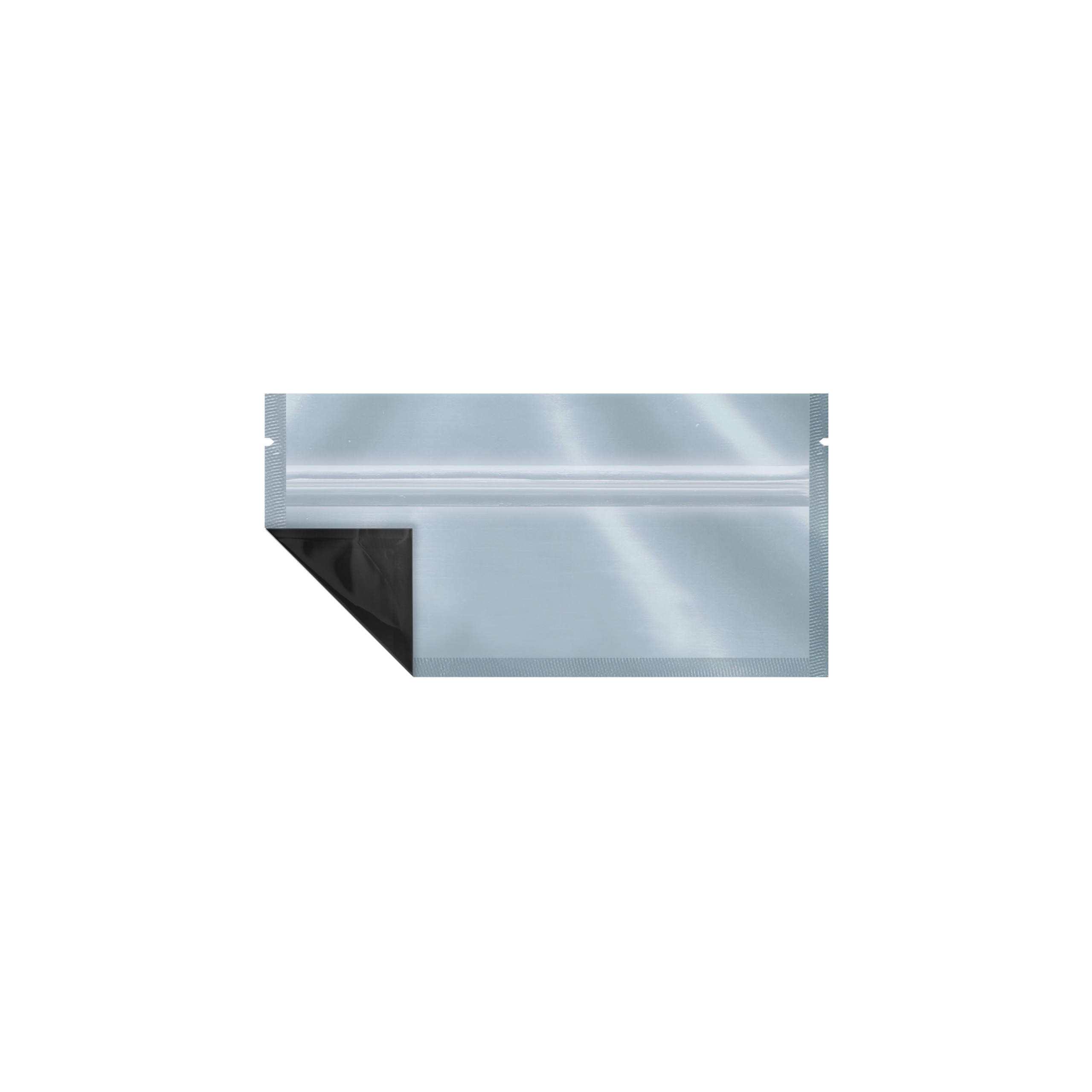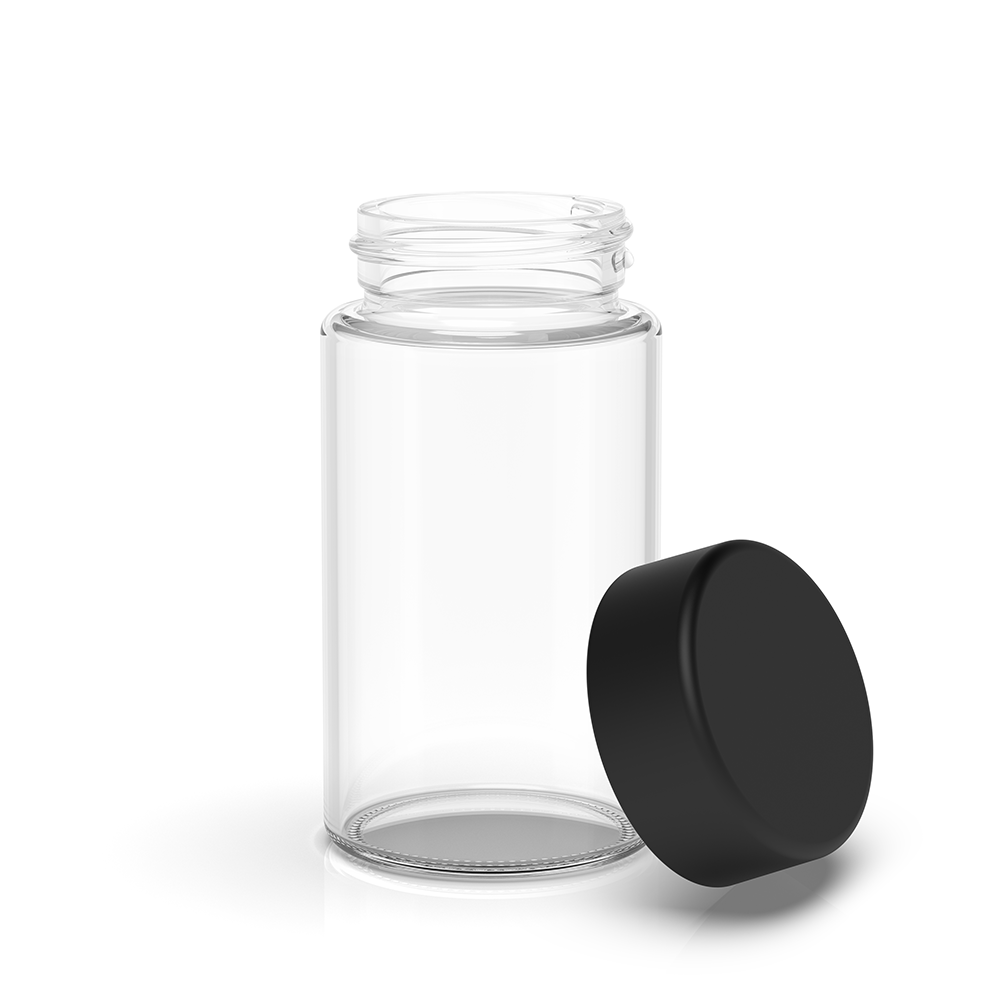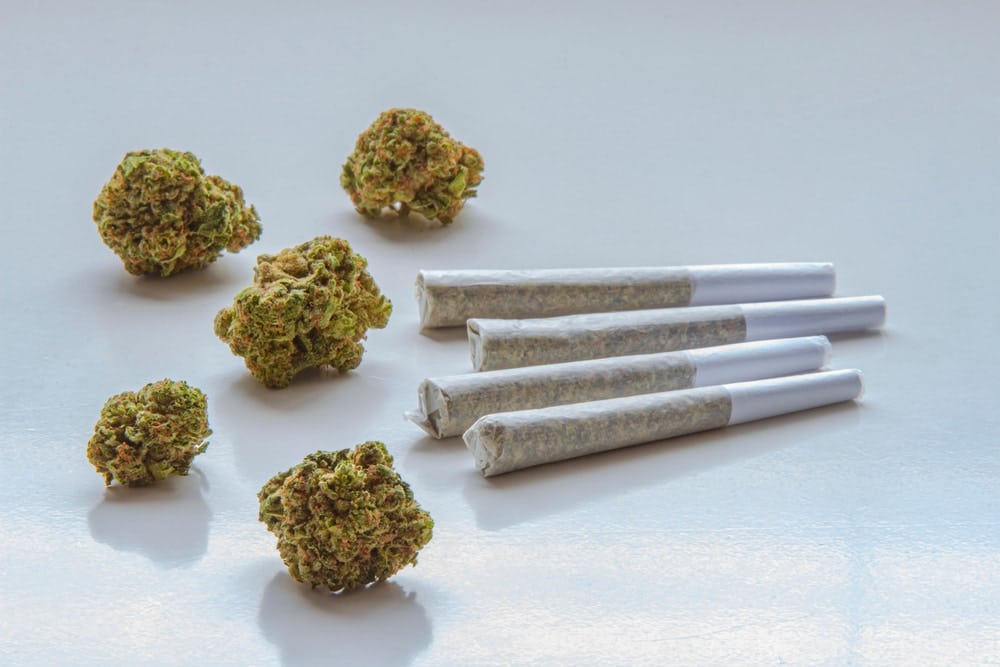Growing cannabis takes a lot of effort. It takes months of careful nurturing to make sure you get a quality product worth selling. A harvest can turn into a disaster if you don’t take good care of your plants.
Having nurtured your cannabis plants, they finally flower. Now is a critical time. The next step in ensuring a successful harvest and a good bottom line is the trimming. Should you be wet trimming or dry trimming?
The case for trimming
First, let’s look at the need to trim. A trimmed product gives a more pleasing aesthetic. It makes your operation look more professional. Your product looks appealing and high-quality. If your buds have some straggler leaves on them, it makes your cannabis look inferior to others.
Not only that, the leaves of the plant contain lower concentrations of THC. This is the mood-altering component of the cannabis plant. For cannabis connoisseurs, this is a big no-no. They’ll dismiss your product out of hand. Why?
They’re paying per gram of cannabis. Why settle for a few grams of leaves that aren’t going to give them what they want from their cannabis? The leaves also give cannabis a harsher taste which many people don’t like.
In short, you want to make sure there are no leaves on your product. Trimming is the best way to ensure this. The decision now is whether to trim when the buds are wet or wait until they’re dry. Here are some factors to take into consideration before you choose:
Wet trimming and its benefits
The first and most significant advantage of wet trimming is you can do it as soon as you’ve harvested. This will speed up your process from harvest to sale.
Wet buds are easier to trim. They don’t come apart in your hands. Dry buds are a bit more delicate and inclined to crumble. You need to be experienced when it comes to dry buds so that you don’t accidentally damage them.
The leaves are also easier to trim when they’re still wet. As they dry, they curl up and wrap themselves around the bud. This makes them harder to trim off. Trimming the leaves when they’re wet gives a neater look as you can get the whole leaf off with ease.
Hanging the plants up to dry after harvesting takes up space. This is something you might not have in your current grow space. That makes wet trimming an attractive option for you.
Dry trimming and its benefits
Dry trimming takes longer because you need about a week to let your plants hang and dry out. You also need the additional space to do this. The settings of your humidity and airflow are critical during this time to get the plants to dry.
However, the benefit of dry trimming is that you have a whole lot more time to do it. With wet trimming, you need to do it immediately before everything starts drying out. Your trimming time window is a lot shorter.
The other benefit of dry trimming is that it increases the quality of your product. The sugar leaves that protect also slow down the drying process. This means that more cannabinoids and terpenes can be found in the final product.
This makes the buyer’s experience with your product more enjoyable. The cannabis has a better aroma, and its taste is better.
This increase in the quality of product and its desirability to consumers are the reasons that most growers choose to dry trim. It does take experience and expertise to dry trim without the bud crumbling. However, it’s something that can be learned.
The challenge
If you’re a new grower and you’re unsure, take up this challenge. Wet trim half your harvest and dry trim the other half. You’ll soon see which one works for you. Check the quality of the product you wet trimmed against that you dry trimmed.
Get a few second opinions from people you trust to be honest with you. Remember, better quality gets you a better price and loyal customers.
Thoughts for the ‘budding’ grower
Going into the cannabis growing industry is a long-term project. As a grower, you should want your operation to gain a loyal following. That means that even if your product costs a bit more than others, people will still buy it.
The reason is that you’ve created a brand that they associate with quality. This is the secret to business longevity. A business is only sustainable if it has a customer base. You’ll know you’ve achieved that when nothing will persuade your customers even to try a different brand. Or they might try another brand and come back to yours because they realize it’s better.
In this regard, cannabis growing is no different from other businesses. A brand that provides quality products retains customers.
A product that is high-quality may cost more, but people will still buy it. They’ll spend the extra money on the assurance they won’t regret buying from you.
The final decision
Deciding on wet trim or dry trim is the grower’s prerogative. Experts warn, though, that the grower is essentially choosing between convenience and quality.
The wet trimmer is someone who needs to move their product quickly or lacks the space to dry out the plants. They sacrifice quality by sticking to wet trimming. If you require space and that’s the reason why you do wet trimming, consider looking at options to expand.
With more space, you’ll be able to dry out your plants and then trim them. Look at your demand, business plan, and cash flow to ease the rush to move your product. Planning will allow you enough time to harvest, dry, and then trim your buds.
The dry trimmer is someone with adequate space to dry the plants. He/she also has the expertise to avoid damaging the bud.
Most importantly, for this trimmer, quality is the name of the game. It may take longer and be a bit more complicated, but growers who do it will tell you it’s worth the time and effort.






